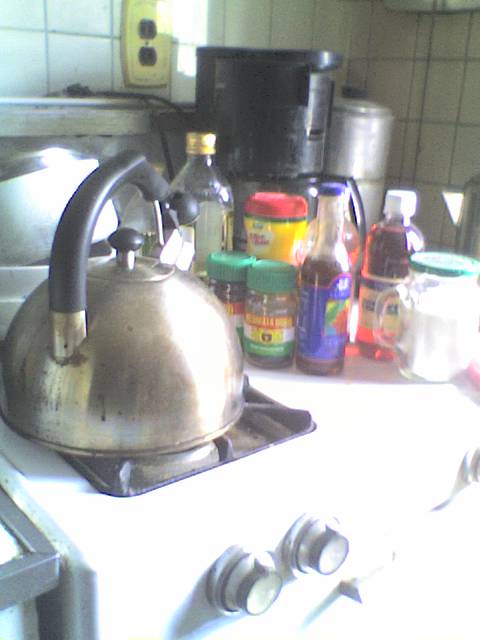Brisket can be delicious yet daunting. Many home chefs skip over it , preferring easier cuts to roast. Yet brisket is wonderful barbecued. It's an easy and flavorful cook.
Steven Raichlen, the king of smoking and barbecue wrote an informative article in this week's New York Times Food section. Chef Raichlen, star of the popular PBS show, Project Fire, knows a thing or two about grilling and barbecue. He offers excellent advice along with getting advice from barbecue chefs, well known for their dishes and recipes. A good barbecued brisket starts with a good brisket. Don't be intimidated by its' size. The cut weighs anywhere from twelve to eighteen pounds and is known as a packer - so called because it's shipped from the packing house. It is probably the biggest cut of meat a home chef can cook.Its' anatomy can be pretty challenging as well.It's two slightly askew muscles connected with by a seam of fat. One muscle is fatty: the other lean. Both are loaded with collagen rich connective tissue that gives the meat its' structure.It requires low temperature cooking for most of the day for the proper tenderness. Barbecuing it is just the same, but less intimidating.
When you're cooking brisket, Chef Raichlen suggests keeping in mind, not only the meat, but other components as well.it's more of a smoking than actual cooking over the grill. The meat should be prepped with just salt and pepper. This will form the crust or bark and it should be an equal peppery heat and brininess. Some professional chefs use such strange combinations of dill pickle juice and mustard. The next factor is the smoker. Many swear by an electric one but a charcoal one can do the same job for a lot less money. As for the smoke, a fruitwood like cherry will impart a sweet, smoky flavor. There should be lump charcoal mixed in for more heat. Temperature should be 125 F to start with and the cook should end with 325 F. The meat goes through a kind of doldrums cooking period where the internal temperature stalls at 150 F. This is just the liquid evaporating from the brisket. The meat's inside temp will rise to 325 F . There is the wrap phase when the meat hits 125 F where it is either wrapped in butcher paper or aluminum foil. This seals in the brisket's juices while allowing the excess steam to escape. How can you tell when it's done? Some jiggle it .Some just poke a finger in it. If it sinks into the fat, it's good. Yet don't eat it right away. Wrap it in more butcher paper and stick in a cooler for two hours. Cut it into slices after you trim away the fat.
It's barbecue season. It's a good time to barbecue a brisket and enjoy it. This robust cut is well worth the elaborate cooking method.
Wednesday, May 29, 2019
The Perfect Barbecued Brisket
Labels:
aluminum foil,
Brisket,
doldrums. butcher paper,
fat,
food,
muscle,
New York Times,
packer,
Project Fire,
smoker,
Steve Rachlen
Subscribe to:
Post Comments (Atom)




No comments:
Post a Comment